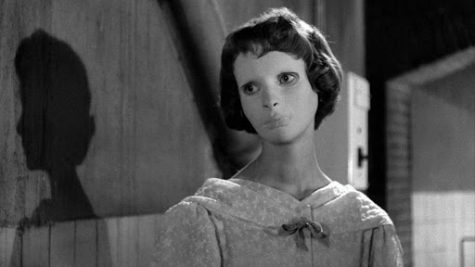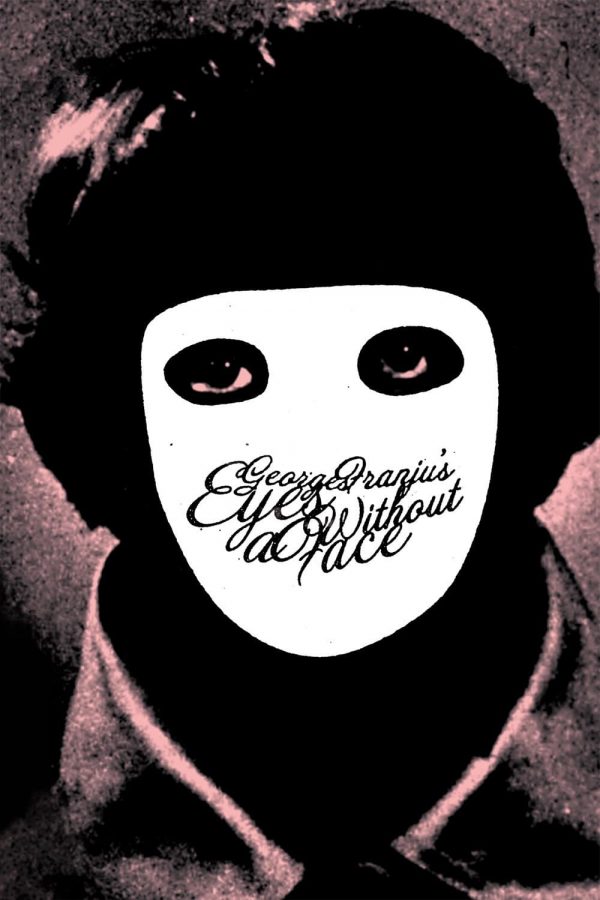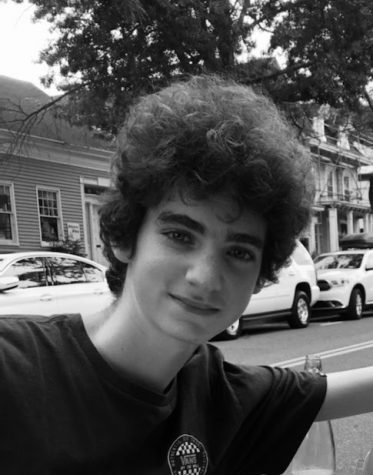Eyes Without a Face is a “New Breed Of Horror”
Eyes Without a Face is part of a different genre of horror films that focuses on “existential dread” instead of “jump scares”.
November 2, 2020
Title: Eyes Without a Face
Director: Georges Franju
Year: 1960
Rating: 3.5/5
Eyes Without a Face is, at its heart, a tale of guilt and grief. At a time in which horror films were considered a subpar genre incapable of expressing intelligent emotions and ideas, French film director Georges Franju created and established a unique lyrical and visual voice in the world of the frightening.
The film concerns itself with Christiane, a young woman living under the thumb of her father, Dr. Génessier, a well-to-do plastic surgeon. Aside from indicating that Christiane was injured in an automobile wreck (one in which her father was driving the car), the film leaves past events to the audience’s imagination.
Christiane’s contorted, burned, severed, and spliced face is so horrific that Franju never once gives the audience a peak. Viewers see an amorphous blob of white that acts as her mask which she is to wear always and forever. (Interestingly enough, this white facade served as the inspiration for the featureless mask of Michael Meyers in John Carpenter’s Halloween films.)

Seemingly without hope, Christiane’s guilt-stricken father has taken it upon himself to relieve his daughter of her misery, and decides to perform involuntary heterograft surgery on young women. In the film’s most famous scene, Franju subjects the audience to the trials and tribulations of this surgery with painstaking accuracy. Through many unbroken shots, Franju shows a clammy Dr. Génessier removing the face of a young woman. To escalate the surgical process and intensify the horror of the scene, Franju incorporates medical terminology into Dr. Génessier’s dialogue: “pencil“ for outlining the hairline and jaw — allowing for a cleaner cut; “scalpel“ for incision; and “forceps” for grasping and removing flaps of skin. Naturally, this scene elicited outrage from 1960s film censors.
Eyes Without a Face is a different kind of horror film. The Guardian’s Steve Rose coined the term “post-horror” after seeing the film It Comes At Night. Rose explains that the genre contains a new breed of horror films that replace “jump scares with existential dread”. Eyes Without a Face perfectly encapsulates this idea. Nothing is ever laid out to surprise the audience. The camera shows Dr. Génessier putting on a surgical mask in real time, as he thoughtfully and meticulously prepares for surgery. The audience then sees a young woman strapped to a bed. It’s the anxious wait time — a surgeon’s methodical preparations for operation juxtaposed with a restrained young woman — that creates precisely the “existential dread” Rose described.
The film continues on, though it seems it has already made its point. Through his exploration of the minutiae of torture (which, by today’s standards, is not exactly graphic), Franju meditates on a universal theme: how far can guilt take someone? Guilt, by definition, is a somewhat haunting menace, and the perfect subject to explore in a horror film. Dr. Génessier has fallen down a hole and is lost without a shovel. Overcome by guilt, he resorts to a primitive form of himself by taking the faces of women. While he hopes this will ease his troubled mind, he knows it never will.
Georges Franju’s Eyes Without a Face is available on Amazon Prime.


